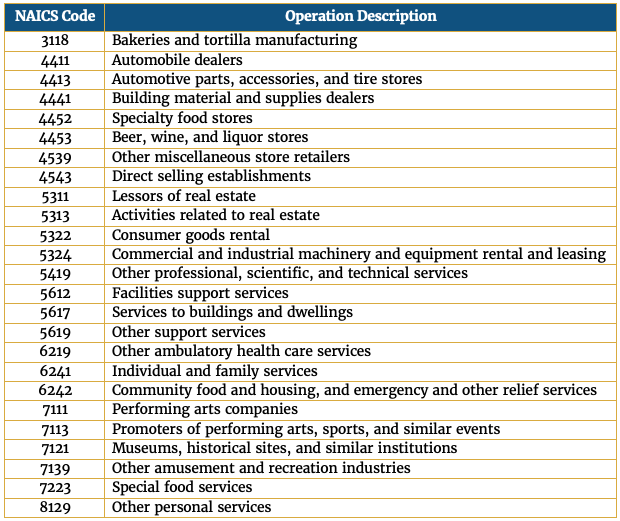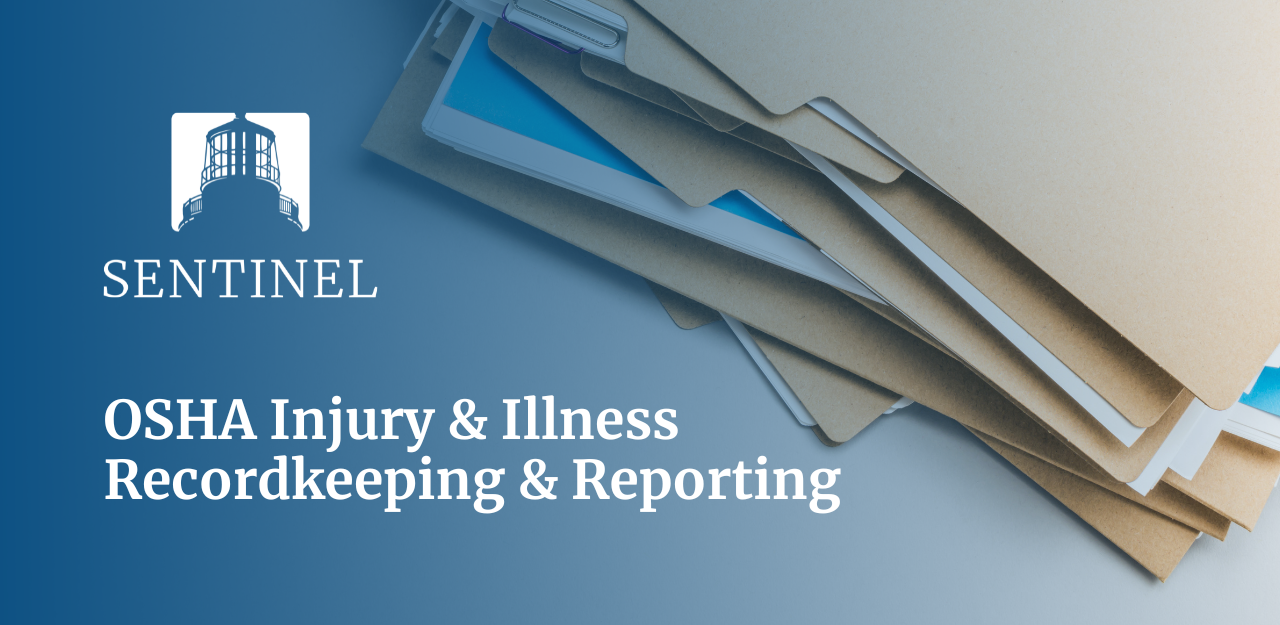OSHA Injury & Illness Recordkeeping & Reporting
As the calendar flips to February, it is important to review OSHA Injury and Illness Recordkeeping and Reporting. Each February through April, employers must post a summary of the injuries and illnesses recorded the previous year.
Many employers with more than 10 employees are required to keep a record of serious work-related injuries and illnesses. This information assists in the evaluation by employers, workers, and OSHA of overall safety in the workplace. In addition, it serves to better understand industry hazards and implement protections for workers to reduce and eliminate future workplace injuries and illnesses.
1904 - Subpart C - General Recording Criteria
Often, employers confuse insurance claims with OSHA Recordables. Several times during the year a client will ask Sentinel for a set a loss runs so they can complete their required OSHA Recordkeeping. As a reminder, there are key differences between an actual insurance “claim” and what OSHA considers a “recordable.”
OSHA defines a recordable injury or illness as:
- Any work-related fatality
- Any work-related injury or illness that results in loss of consciousness, days away from work, restricted work, or transfer to another job
- Any work-related injury or illness requiring medical treatment beyond first aid
- Any work-related diagnosed case of cancer, chronic irreversible diseases, fractured or cracked bones or teeth, and punctured eardrums
- There are also special recording criteria for work-related cases involving: needlesticks and sharps injuries; medical removal; hearing loss; and tuberculosis
While employers are required to complete both an OSHA Form 300 Log of Work-Related Injuries and Illnesses and the OSHA Form 300-A Summary of Work-Related Injuries and Illnesses, only the latter, is required to be posted in the workplace. A company must post the OSHA 300-A Summary by February 1 of the year following the year covered by the form and keep it posted until April 30 of that year (so on February 1, 2023, through April 30, 2023, the OSHA 300-A Summary for the entire 2022 year must be posted). Also, if requested, copies of the records must be provided to current and former employees, or their representatives
How To Know If You're Required
As far as the reporting regulation itself, you must first determine if you are required to post. The simple answer is “It Depends”. Keep in mind that ALL employers, including those partially exempted by reason or company size or industry classification, must report to OSHA any workplace incident that results in a fatality, in-patient hospitalization, amputation, or loss of an eye (See § 1904.39). For a list of industries that are covered by this recordkeeping rule, click here. Remember that employers must report any worker fatality within 8 hours and any amputation, loss of an eye, or hospitalization of a worker within 24 hours.
1. First, did your company or operation have ten or fewer employees at all times during the previous calendar year?
If so, your company is exempt from routinely keeping OSHA injury and illness records. We still recommend keeping up with this information as a best practice as the wording does specifically state “exempt from routinely keeping.” There are plenty of tools available for you to ease the burden of reporting.
2. Second, establishments in certain low-hazard industries are also partially exempt from routinely keeping OSHA injury and illness records.
This is unless they are asked in writing to do so by OSHA, the Bureau of Labor Statistics (BLS), or a state agency operating under the authority of OSHA or the BLS. The list that is made available by OSHA references for those operations that are “partially exempt”, is listed by the specific NAICS as well as industry description listed here.
3. Lastly, some industries that were previously partially exempt have been reviewed and placed on the list of operations as now required to keep records.
This list doesn’t change often, but if you missed the memo, you might be surprised to find your operation added to the list below:

Navigating OSHA requirements is just one area where partnering with Sentinel can strengthen your overall risk management program. Contact the Sentinel Risk Performance Group today to learn how to further Safeguard Your Success.


